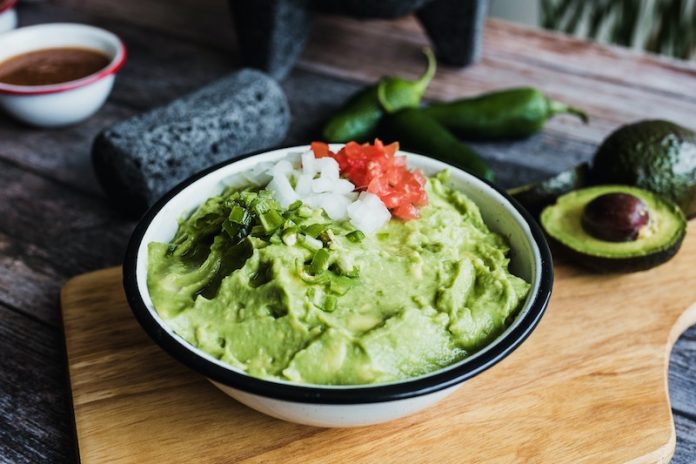
Ulcerative colitis is a chronic inflammatory bowel disease that can cause discomfort, pain, and digestive problems.
While medication plays a crucial role in managing the condition, dietary choices can also make a significant difference.
In this review, we’ll explore the concept of a low-residue diet and how it may benefit individuals living with ulcerative colitis.
Ulcerative colitis primarily affects the large intestine (colon) and the rectum. One of the hallmark symptoms is diarrhea, which can be accompanied by abdominal pain and bleeding.
The lining of the colon becomes inflamed and forms ulcers, leading to these symptoms. A low-residue diet is one approach that people with ulcerative colitis may consider to reduce symptoms.
What Is a Low-Residue Diet?
A low-residue diet is designed to reduce the amount and frequency of bowel movements. It does this by limiting high-fiber foods, which can be difficult to digest and may aggravate symptoms in individuals with ulcerative colitis.
This diet focuses on consuming foods that are easy on the digestive system, such as white bread, rice, pasta, well-cooked vegetables without skins, and lean proteins like chicken and fish.
Benefits of a Low-Residue Diet
Research, including a study in the World Journal of Gastroenterology, suggests that a low-residue diet can help reduce the frequency and severity of diarrhea in people with ulcerative colitis.
By avoiding high-fiber foods that can irritate the inflamed colon, individuals may experience fewer bowel movements and less abdominal discomfort.
It’s important to note that not everyone with ulcerative colitis will benefit from a low-residue diet to the same extent. The effectiveness of this diet can vary from person to person.
Some individuals may find relief from their symptoms by following a low-residue diet, while others may need a different approach.
Practical Considerations
Here are some practical tips for individuals considering a low-residue diet for ulcerative colitis:
Consult a Healthcare Professional: Before making significant changes to your diet, consult with a healthcare provider, ideally a registered dietitian or nutritionist. They can help you develop a personalized dietary plan that aligns with your specific needs and health goals.
Balanced Nutrition: While a low-residue diet restricts certain foods, it’s essential to maintain balanced nutrition.
Ensure you’re getting enough essential nutrients by incorporating alternatives into your diet. For example, opt for well-cooked fruits without skins and consider vitamin supplements if necessary.
Individualized Approach: Remember that ulcerative colitis affects each person differently. What works for one individual may not be suitable for another.
Listen to your body and work closely with your healthcare team to determine the best dietary approach for your specific situation.
A low-residue diet can be a valuable tool for managing symptoms of ulcerative colitis, particularly diarrhea and abdominal discomfort.
By limiting high-fiber foods, this diet can help reduce irritation and promote better digestive function.
However, it’s essential to approach dietary changes with the guidance of a healthcare provider to ensure you’re meeting your nutritional needs and optimizing your overall health.
Ulcerative colitis management often requires a tailored approach, and a low-residue diet may be one piece of the puzzle for better symptom control.
Follow us on Twitter for more articles about this topic.
Copyright © 2023 Scientific Diet. All rights reserved.





